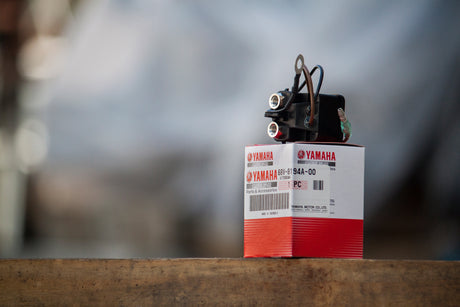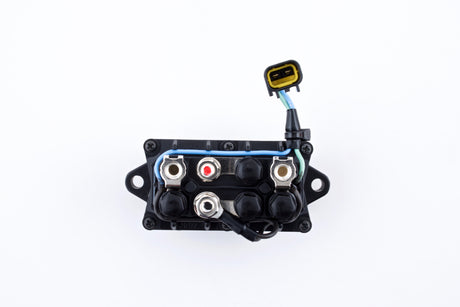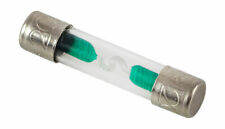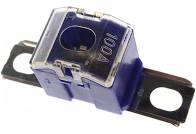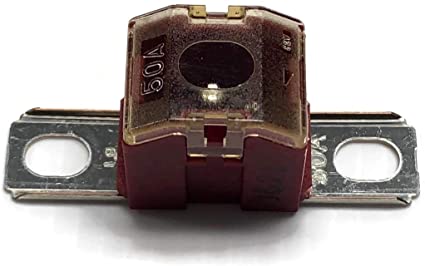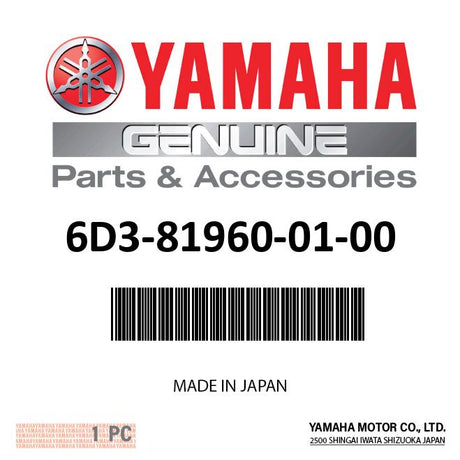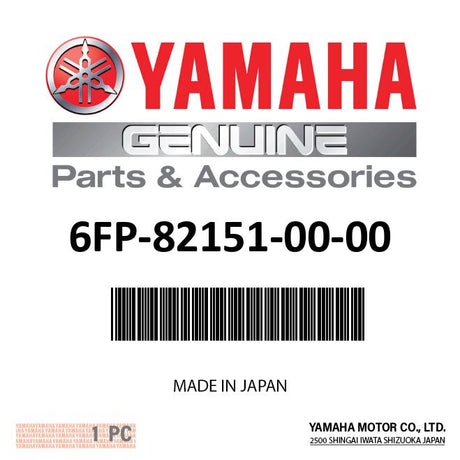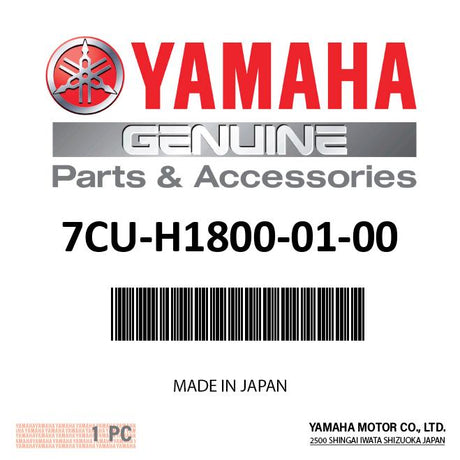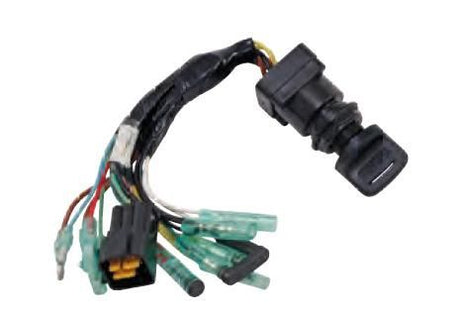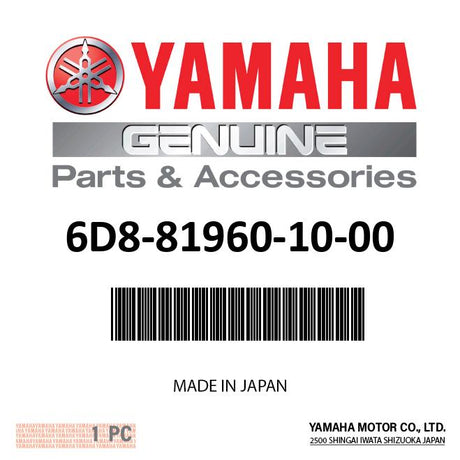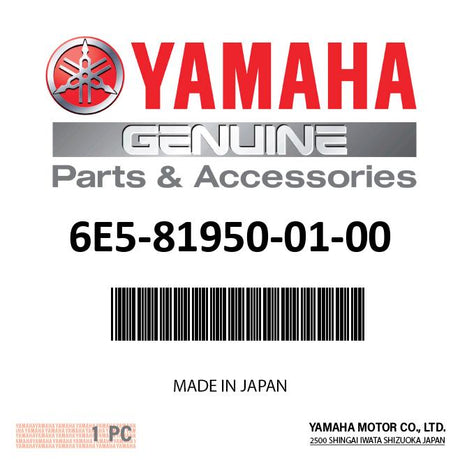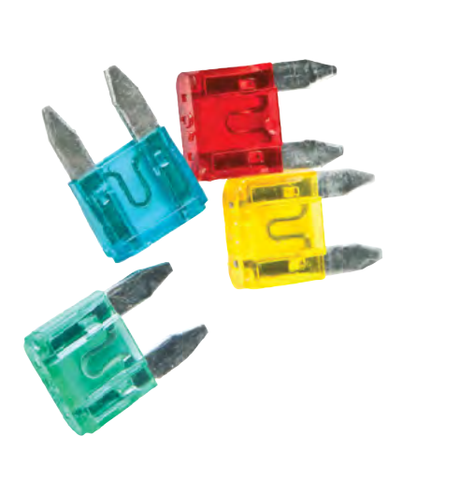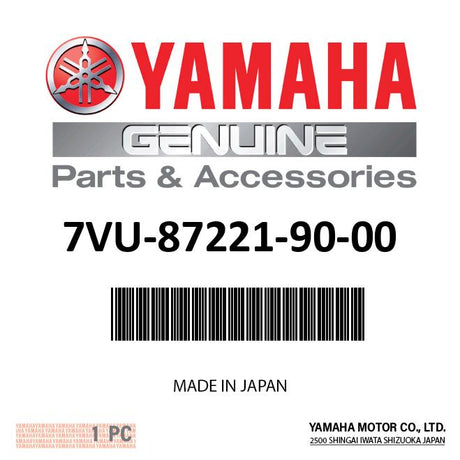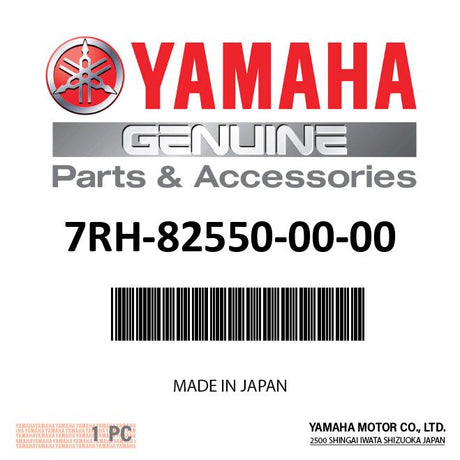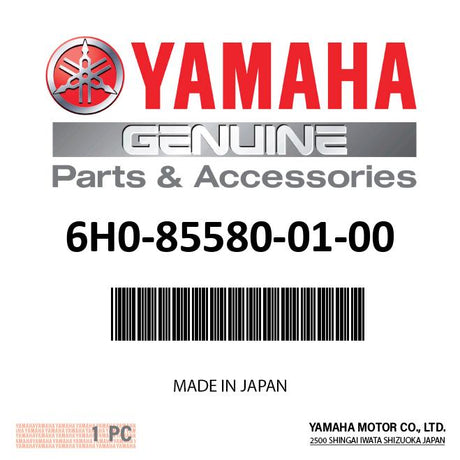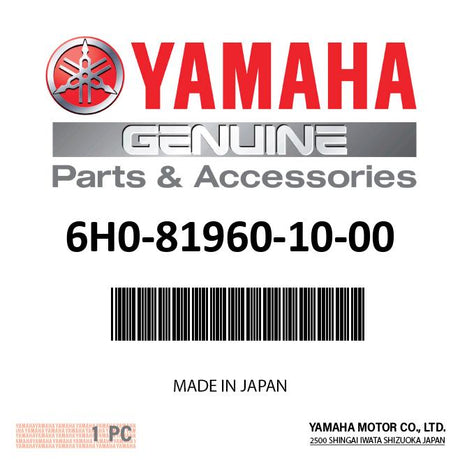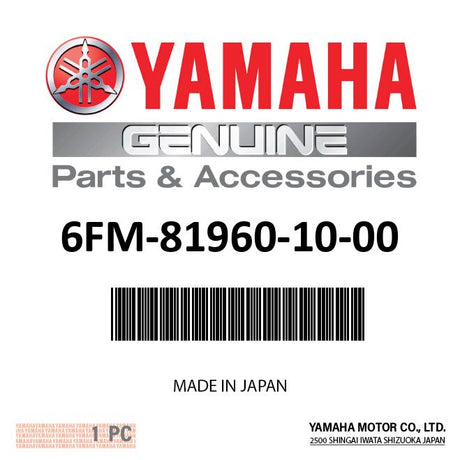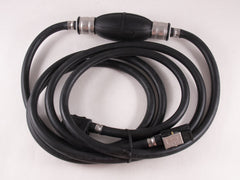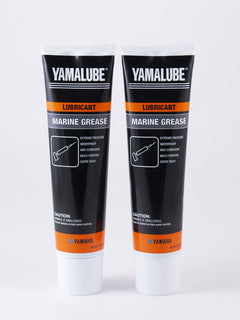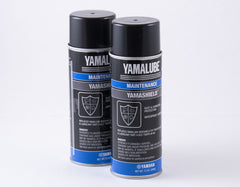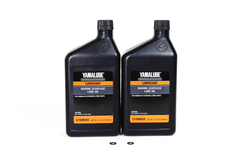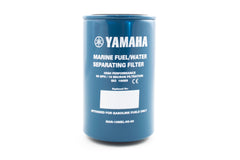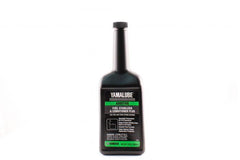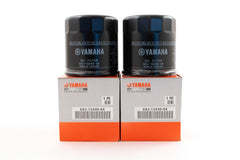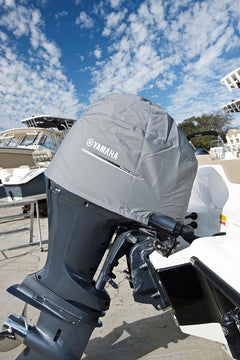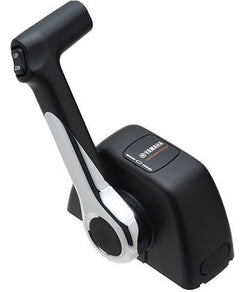Yamaha
Yamaha 682-82151-01-00 - Glass Fuse - 20 Amp - 30 mm
$2.31 USD$2.50 USDUnit price /UnavailableYamaha
Yamaha 6CE-82151-00-00 - Fuse Cartrige - 100 Amp
$11.84 USD$13.15 USDUnit price /UnavailableYamaha
Yamaha 63P-82151-00-00 - Fuse Cartridge - 50 Amp
$42.61 USD$47.60 USDUnit price /UnavailableYamaha
Yamaha 6P2-82151-00-00 - Fuse Cartridge - 60 Amp
$10.62 USD$11.90 USDUnit price /UnavailableYamaha
Yamaha 67F-81960-12-00 - Rectifier & regulator assy
$304.94 USD$326.10 USDUnit price /UnavailableYamaha
Yamaha 7CU-H1800-01-00 - Starting motor assy
$237.26 USD$268.99 USDUnit price /UnavailableYamaha
Yamaha 6X4-82510-01-00 - Tiller Handle Key Switch
$173.42 USD$189.00 USDUnit price /UnavailableYamaha
Yamaha 6D8-81960-10-00 - Rectifier & regulator assy
$187.47 USD$204.30 USDUnit price /UnavailableYamaha
Yamaha 90890-06888-00 - Test harness, fw13613-1
$22.25 USD$24.85 USDUnit price /UnavailableYamaha
Yamaha 7P6-H2181-10-00 - Complete Circuit Breaker
$8.05 USD$10.49 USDUnit price /UnavailableYamaha
Yamaha 705-82151-01-00 - Glass Fuse - 30 Amp - 30 mm
$4.77 USD$5.20 USDUnit price /UnavailableYamaha
Yamaha 6EK-82181-00-00 - Circuit breaker comp.
$83.20 USD$92.80 USDUnit price /UnavailableYamaha
Yamaha 68F-81960-03-00 - Rectifier & regulator assy
$306.82 USD$328.20 USDUnit price /UnavailableYamaha
Yamaha 67F-82151-50-00 - Mini Blade Fuse - 15 Amp
$3.54 USD$4.00 USDUnit price /UnavailableYamaha
Yamaha 63P-8591A-38-00 - Engine control unit assy
$1,273.13 USD$1,333.60 USDUnit price /UnavailableYamaha
Yamaha 5JJ-82151-60-00 - Mini Blade Fuse - 30 Amp
$5.58 USD$7.99 USDUnit price /UnavailableYamaha
Yamaha 90890-06861-00 - Test harness (for injector, f2
$36.73 USD$41.02 USDUnit price /UnavailableYamaha
Yamaha 90890-06792-00 - Test harness smhw090-2 (f115)
$21.18 USD$23.65 USDUnit price /UnavailableYamaha
Yamaha 6FM-81960-10-00 - Rectifier & regulator assy
$220.55 USD$240.40 USDUnit price /Unavailable
Yamaha Components for Charging & Electrical Systems
YamahaOnlineParts.com has a huge range of charging and electrical parts for Yamaha marine outboard motors. Every item in stock can be dispatched the following day. Additionally, our blog has lots of advice if you have queries about taking care of your outboard motor.
Are you having trouble finding the right Yamaha OEM parts and accessories? Take a look at our library of Yamaha outboard engine schematics.
Yamaha Outboard Engine Charging and Electrical Components FAQs
Will doing my own maintenance void my Yamaha outboard engine warranty?
Is it possible to invalidate my Yamaha outboard warranty by doing my own maintenance? The answer is no. Your Yamaha warranty will remain intact even if you take care of your own maintenance. Nonetheless, it is important to differentiate between carrying out maintenance and having warranty service work performed.
You can take care of the maintenance yourself or allow someone else to do it for you. If there is a problem due to not performing the necessary Yamaha maintenance or service, your warranty will not cover it.
It is highly recommended that you look into your owner's manual or online maintenance timetables to plan the necessary maintenance. Although, some tasks are only to be done by a certified Yamaha dealership, like examining valve gaps and inspecting a timing belt.
If you take care of your engine maintenance yourself, make sure to follow proper disposal protocols when it comes to oil and engine fluids. If you need assistance in locating the correct Yamaha outboard parts or maintenance kit for your engine, take a look at our Yamaha Outboard Parts Library for guidance.
You can choose to do the maintenance work yourself or hire someone else to do it, but when it comes to servicing items that are covered by your Yamaha limited or extended warranty, only a Yamaha dealer is allowed to perform the job.
Yamaha outboard motors that are used for recreational purposes are provided with a three-year warranty. Additionally, Yamaha offers extended protection through the Y.E.S. extension plan. Repairs for both the limited and extended warranty must be completed by an authorized Yamaha dealer.
When you bought your Yamaha engine, the dealer should have given you a Factory Warranty Card and completed the warranty details in the manual. If you ever want to determine the remaining warranty period, you can call their customer support line at (866) 894-1626. They will ask for your Primary Identification Number (PID), which can be located on the port side of the motor.
Additionally, your PID number is all you need if you have a problem covered by your warranty.
How does my Yamaha outboard engine’s electrical system affect my engine performance?
It is possible that the electrical system in your Yamaha outboard motor is causing issues with your vessel's ignition or intermittent performance.
As discussed in the YamahaOnlineParts.com Yamaha outboard diagnostic guide, the initial step should be to evaluate each component of the electrical system.
- First, make sure your kill switch is firmly attached.
- After that, if you possess a model which starts with electricity, you should verify the primary fuse to guarantee it has not blown. If the link in the middle of the fuse is disconnected, you must switch it with a fuse of the same amperage.
- After ensuring that the fuse is not the issue, examine the battery. Before taking the battery out of its spot, make sure to disconnect the negative cable, then the positive one. Utilizing a wire-bristle brush, scour off any corrosion on the terminals of the battery. If it is in a bad state, substitute it right away; if it is in an acceptable condition and has no visible harm, then you can begin to charge it. When it is fully charged, put the battery and cables back (first the positive, then the negative).
After you have made sure the battery is operational, you can check the spark plugs for any possible signs of damage. Take out the spark plugs with a spark plug wrench and examine them for cracks, burns, fouling, or corrosion. If there is any damage, you must replace them with the type of spark plug mentioned in the Yamaha owner’s manual, along with the Yamaha spark plug wires.
What other issues cause my Yamaha outboard motor to break down?
Boat owners, who are devoted to maintaining their Yamaha outboard motors often inquire, "How long will they last?" Yamaha offers a wide selection of motors, and the majority of them can endure between 1,500 and 3,000 hours of use depending on how frequently they are kept up, stored, and operated. Taking into account that the typical boater puts in 50 hours of use annually, they can count on their Yamaha motor to continue working for a long time. Nonetheless, we often hear stories of Yamaha engines lasting for more than 3,000 hours.
Keeping up with suggested maintenance can eliminate numerous difficulties and greatly aid in the longevity and effectiveness of an engine.
A common cause of Yamaha outboard motor malfunction is a problem with the fuel system. This can produce signs ranging from intermittent power reduction to complete engine failure.
- Ethanol gasoline: Your Yamaha outboard motor should only be operated using premium low-ethanol gasoline as it has been found to attract water and lead to the dilution of fuel through "phase separation". Additionally, use of ethanol gas can cause the clogging of fuel lines and other fuel system components as a result of the additives contained in it. To avoid these issues, remember to consistently add a high-quality fuel stabilizer.
- Fuel lines: Inspect your fuel lines for any ruptures or seepages. In the event that you find any, you should cease running the engine and substitute them. Furthermore, inspect any fuel hoses with an inner coating.
- Yamaha Fuel filters: The fuel filter for your Yamaha outboard motor is made to prevent any dirt or pollutants from getting into the fuel system. Make sure to routinely replace the fuel filters to ensure that fuel can move unimpeded.
- Yamaha Fuel pump: If your fuel pump is not functioning properly, it can reduce the efficiency of your engine and harm other parts as well in the long run. To rectify this, you must replace the faulty pump and any hoses that may have been damaged.
Boaters who are new to the activity have the inclination to operate their Yamaha outboard motor without water circulation. This is a mistake as the water is necessary to maintain the temperature of the engine and to lubricate the impeller in order to prevent it from overheating, warping, and adding to the difficulties.
If you want to resolve this issue, take a look at the impeller. If it's not in the right shape, you'll need to switch it out. Replacing it is a straightforward task for most DIYers, although you should be aware of any other issues that may have been caused by the dry start. Dry starting can lead to major engine complications and may necessitate a professional mechanic to get it running again.
When using Yamaha outboard motors with cable-operated throttles (not electronic), it is recommended to have the engine running when you shift gears. If you do not, the cables might need to be adjusted or the clutch dog could be damaged, leading to a serious problem with the motor if the issue is not taken care of.
Do I need to swap out my Yamaha trim and tilt switch?
The Yamaha trim and tilt refer to the angle of the propeller shaft relative to the boat and how it affects the propulsion of the vessel. If the trim and tilt switch is defective, you won't be able to make the necessary adjustments, such as trim and tilt, to your Yamaha F115 in order to ensure the best performance.
- Poor gas efficiency due to friction/drag of the water
- Lower RPMs, acceleration, and overall top speed
- Less accurate control during operation
- Inability to raise the motor for storage, servicing, and/or removal
Fortunately, you can prevent these difficulties by replacing the trimming and tilting switch as required. Nonetheless, bear in mind that an impaired trim/tilt switch may be a sign of some other matters, for example, a drained battery, electric faults, dysfunctional hydraulic engines, and more.
Shop Yamaha outboard charging and electrical system components at Yamaha Outboard Parts. Choose from our wide selection of these essential Yamaha outboard parts and components, including fuses, diodes, breakers, relays, and much more.

